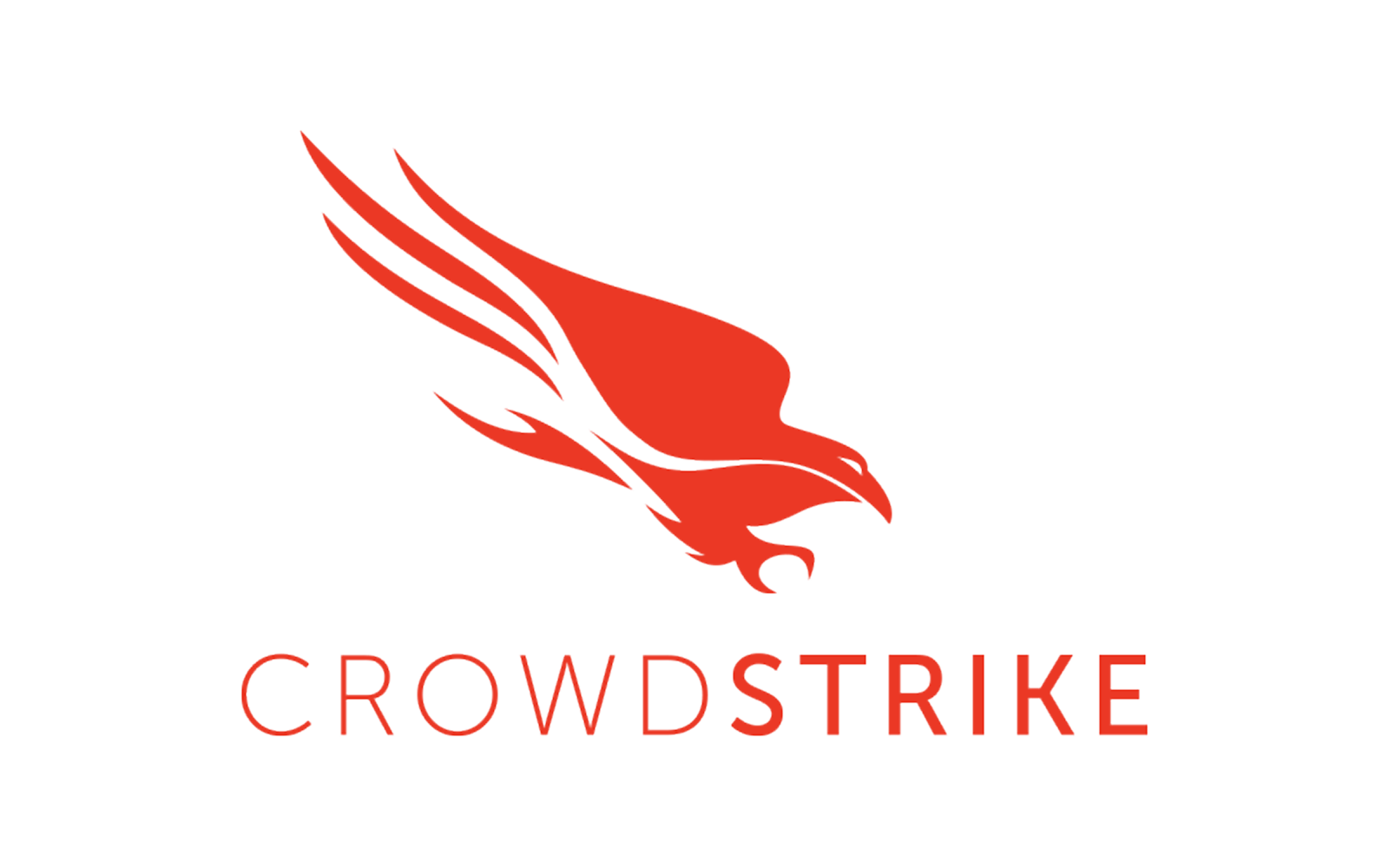
Migrating infrastructure to the cloud can unlock significant advantages, including scalability, flexibility, and access to advanced services. However, without careful planning, the financial dynamics of cloud migration can quickly lead to unexpected challenges—particularly the risk of doubling costs by maintaining on-premises expenses alongside cloud operations.
For directors of IT and IT executives, the stakes are high. A poorly executed migration can erode ROI and impact operational efficiency. At GlassHouse Systems (GHS), as a trusted cloud service provider, we help organizations navigate the complexities of cloud migration with a clear focus on cost-effective infrastructure transitions.
The Financial Dynamics of Cloud Migration
Cloud computing shifts IT costs from capital expenditures (CapEx) to operational expenditures (OpEx), offering pay-as-you-go flexibility. However, the financial benefits can be diminished or even reversed if migration efforts are not aligned with a broader strategy to reduce on-premises costs.
Here’s why:
- Double Costs: If existing infrastructure remains active post-migration—whether due to lack of decommissioning, lingering dependencies, or staffing redundancies—organizations may face operational costs for both environments.
- Over-Provisioning in the Cloud: Misjudging resource requirements during migration can lead to excessive cloud expenses, eroding expected savings.
- Hidden Transition Costs: Factors such as data migration, training, and integration can add unforeseen expenses if not properly planned.
Why Infrastructure Planning is Essential
Proper planning is the key to mitigating financial risks and ensuring a successful migration. Key elements of an effective infrastructure migration plan include:
- Comprehensive Cost Analysis
Begin with a detailed assessment of your current infrastructure to identify costs that can be eliminated or reduced post-migration. Evaluate all aspects, including:
- Hardware and software maintenance.
- Data center operating costs.
- IT staffing requirements.
- Workload Prioritization: Not all workloads are ideal for immediate migration. Categorize workloads based on their criticality, scalability needs, and dependencies. This phased approach minimizes disruption and allows for a more accurate assessment of cloud costs.
- Right-Sizing Cloud Resources: Avoid over-provisioning by aligning cloud resource allocations with actual workload requirements. GHS helps organizations determine the optimal resource configurations to balance cost and performance.
- Decommissioning On-Premises Systems :One of the most critical steps is reducing or eliminating on-premises infrastructure costs. This includes retiring outdated hardware, consolidating systems, and repurposing staff to focus on strategic initiatives rather than maintenance.
The Role of Application Dependencies
While the primary focus is on infrastructure, application dependencies cannot be ignored. Many workloads have ties to legacy applications that may require additional integration efforts to function seamlessly in the cloud. Planning for these dependencies prevents disruptions and avoids unnecessary spending.
How GHS Ensures Cost-Effective Migrations
At GHS, we specialize in helping organizations migrate their infrastructure to the cloud with a focus on cost efficiency. Our approach includes:
- Tailored Migration Strategies: Ensuring infrastructure transitions align with your business goals.
- Cost Optimization: Identifying opportunities to reduce on-premises expenses while optimizing cloud resources.
- Risk Mitigation: Addressing potential challenges, such as dependencies and downtime, to avoid costly disruptions.
Conclusion
Cloud migration is not just a technical shift—it’s a strategic decision with financial implications that demand careful planning. Without a clear focus on infrastructure cost management, organizations risk doubling expenses and missing out on the cloud’s true value.
At GHS, we help IT leaders plan and execute cost-effective cloud migrations that align with their operational and financial goals. Contact us today to learn how we can help you unlock the benefits of the cloud while managing costs effectively.
Related articles that might interest you:








.png)


-1.png)

-1.png)


.png)